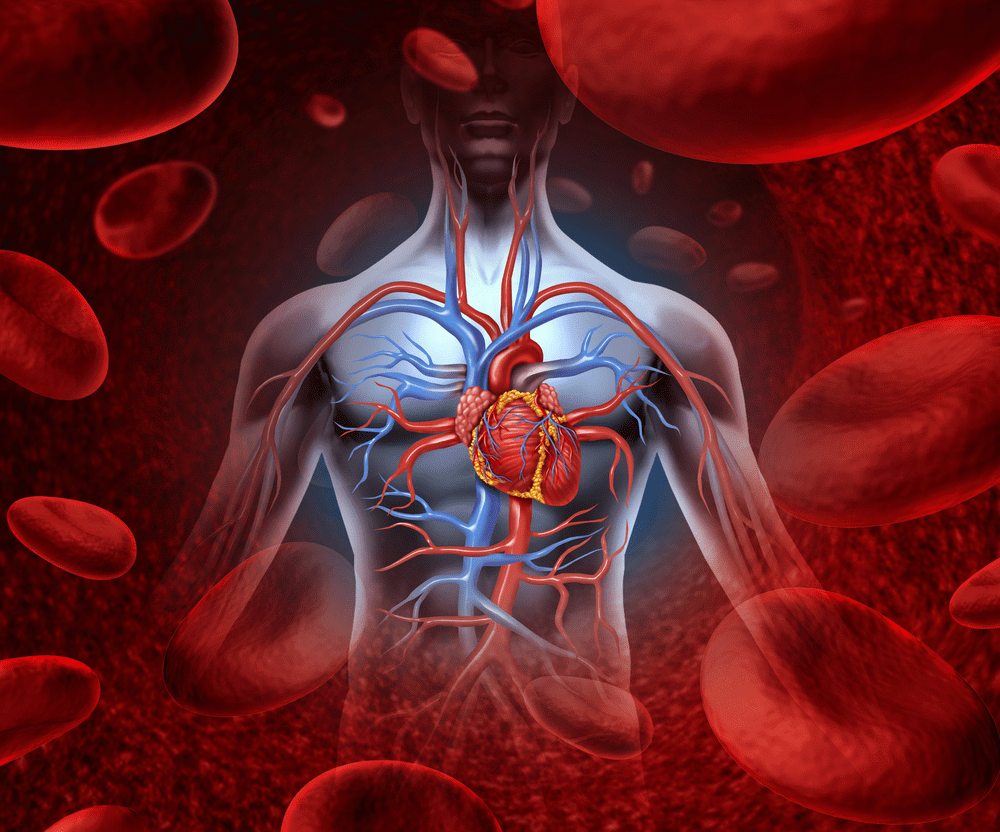
In France, nearly one adult out of three suffers from poor blood circulation. The sensation of heavy legs, joint pains, varicose veins, fatigue, dizziness… We advise you to preserve your blood circulation.
What is blood circulation?
Blood circulation refers to the transport of blood in the body. It is a closed circuit circulatory system activated by the heart. It includes the arterial vessels that transport, from the heart to the periphery, oxygen, glucose, and other elements necessary for the functioning of our cells, and the venous system that transports the waste products of our cells, urea and carbon dioxide among others, to the purification organs (liver, kidney, lung) and returns the blood to the heart. Exchanges between the blood and the cells that make up our organs take place in a network of blood capillaries, which are very fine vessels connecting arterioles (small arteries) to venules (small veins).
Why is it important to have good blood circulation?
Veins and arteries allow blood to circulate within the body. It is through the blood that the organs of the human body receive the oxygen and all the nutrients necessary for their proper functioning, and that they evacuate the waste products of their metabolism. Bad blood circulation can affect the venous system and the arterial system. The consequences are not the same. Poor venous circulation most often affects the legs and leads to the appearance of varicose veins, a feeling of heavy legs, and swelling in the ankles and calves. Poor arterial circulation can lead to heart attacks, strokes, kidney failure, difficulty walking, etc., depending on the arteries affected. Other blood circulation diseases, such as Raynaud’s syndrome, affect the extremities, hands, and feet.
What are the main causes of poor blood circulation?
Sedentary lifestyle

As soon as we spend more than 7 hours a day sitting, our lifestyle is considered sedentary. Sitting or lying down for too long is indeed harmful to blood circulation for several reasons. The sedentary lifestyle hinders what is called venous return and causes storage of blood in the lower body. In addition, a sedentary lifestyle promotes overweight and the cardiovascular risk factors that go with it: diabetes, high blood pressure, and excess cholesterol in the blood.
It is therefore advisable to take regular breaks to stretch your legs when working in an office or telecommuting, to stretch, to take the stairs rather than the elevator, to opt for cycling or walking rather than public transport or the car whenever possible. Good posture when working at a computer is also recommended: the back and head should be straight, the screen should be raised so that it is at eye level, and the legs should not be crossed. The feet should be flat on the floor or a footrest.
Being overweight
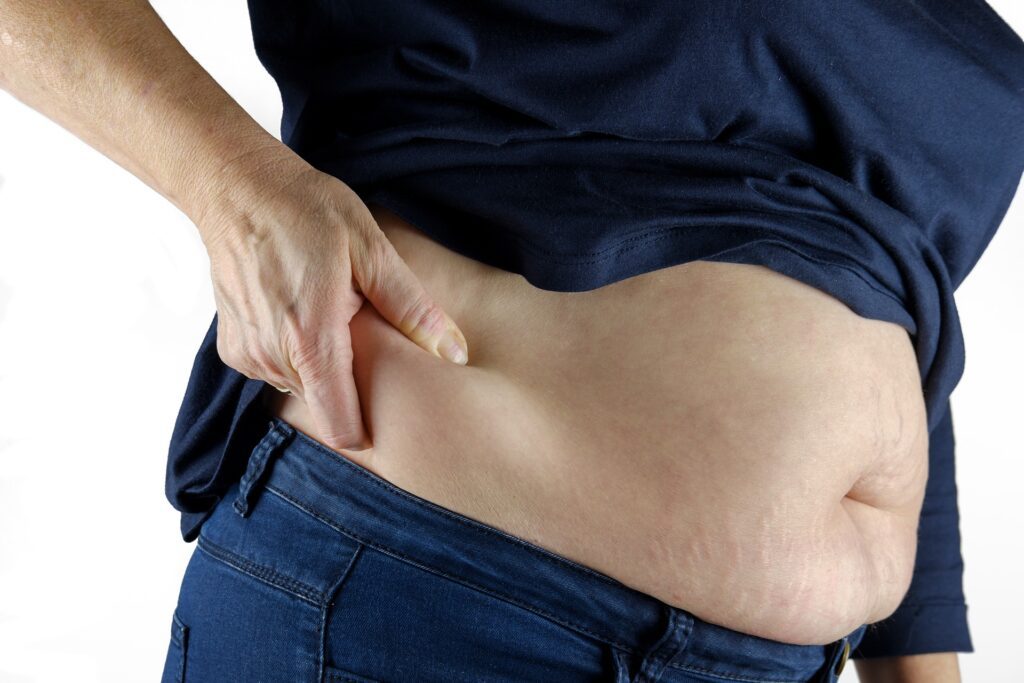
Being overweight affects venous and arterial blood circulation. At the venous level, overweight or obese people often suffer from organ compression, resulting in poor blood circulation. Being overweight also increases abdominal pressure and the venous system becomes weakened. At the arterial level, it is the cardiovascular risk factors, and consequences of being overweight, that can damage the arteries.
Bad diet
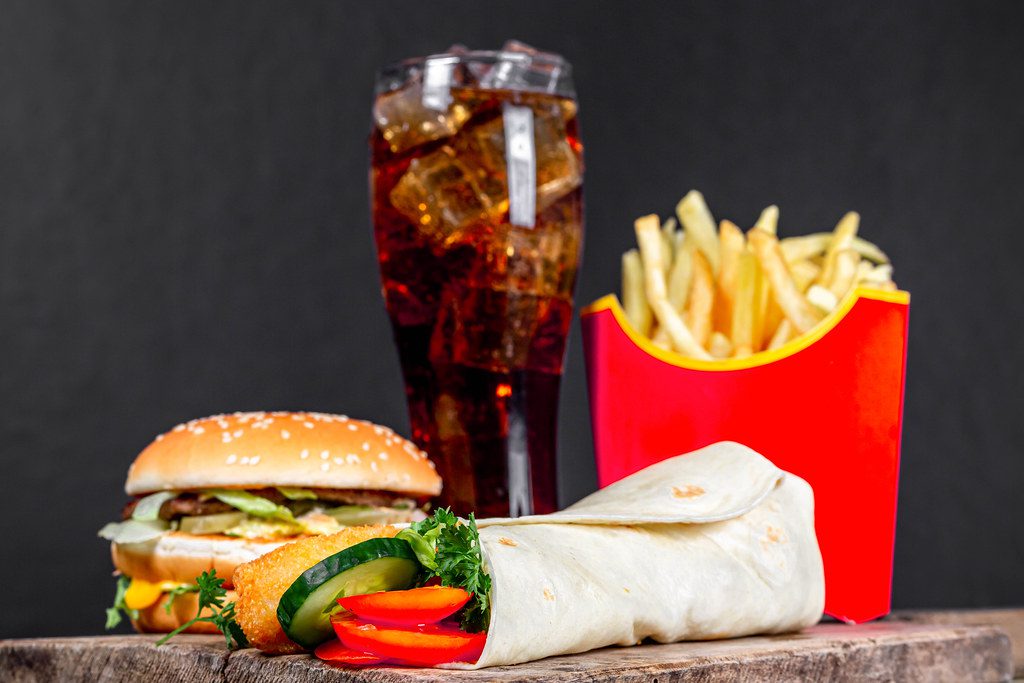
The adoption of a diet too rich in saturated fats and industrial products can clog the arteries. This makes it more difficult for them to deliver oxygen-rich blood to the organs. To improve arterial circulation, it is very important to watch your diet. Good hydration (2L of water per day) is also ideal to promote the proper functioning of the arteries.
Heredity

As with many diseases, heredity is a factor in the development of certain diseases. If one of your parents suffers from poor circulation, this may be also your case. Heredity is even one of the main causes of venous insufficiency or phlebitis (clot in a leg vein).
Smoking

Regular smokers are more likely to suffer from venous insufficiency and phlebitis. Indeed, when you smoke, the substances contained in the cigarette can damage the walls of the veins and promote coagulation responsible for clots and therefore phlebitis. However, smoking has a greater impact on the arteries, causing them to narrow. In this case, the phenomenon of increased blood clotting and clots can lead to the complete obstruction of arteries, whose diameter is already reduced, and lead to the occurrence of heart attacks or infarctions and strokes.
Painful cramps
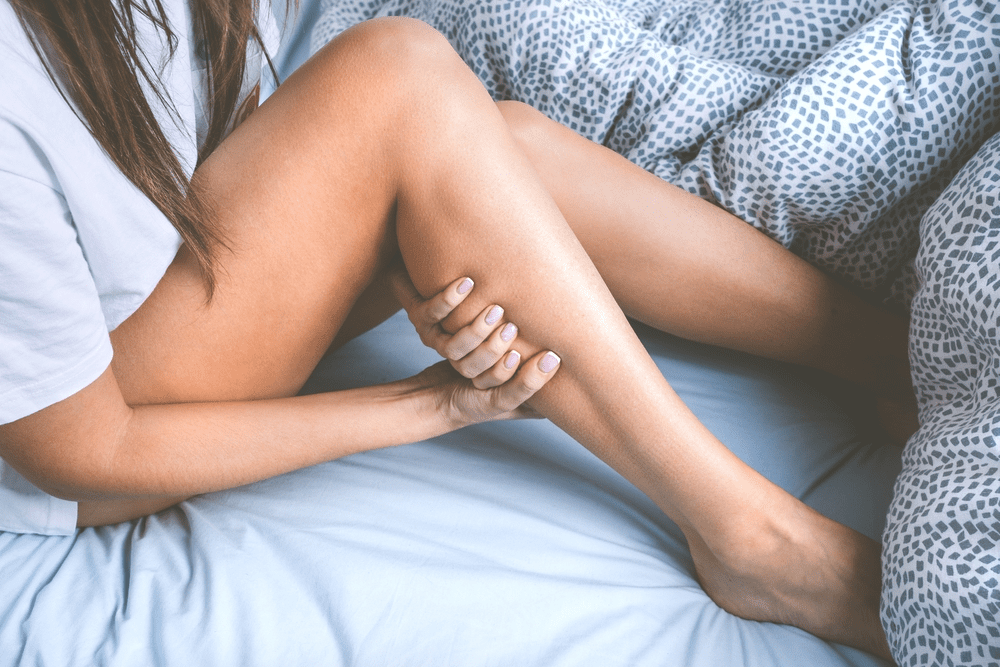
You may have painful cramps in the hip, thigh, or calf muscles, which subside after rest. In general, the pain occurs each time you do the same exercise (for example, running the same distance).
Hair loss and weak nails
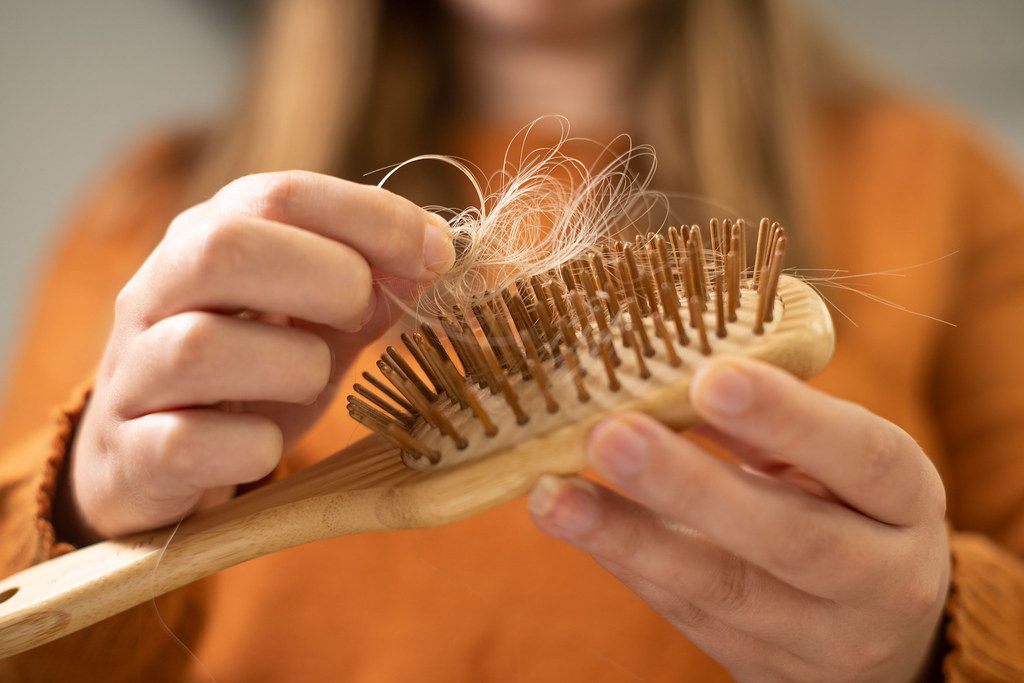
The health of your skin, hair and nails is a key factor in knowing if your body is getting good blood circulation or not. Your skin may be dry, your nails brittle, and you may experience hair loss.
Other causes
Blood circulation can also be disrupted in certain cases, for example during hot weather or during a long trip by plane or car. Age is also a factor to be taken into account.
How to improve your blood circulation?
Compression Stockings
To avoid venous thrombosis, varicose veins, and, in more serious cases, pulmonary embolisms, the wearing of compression stockings can be recommended.
These stockings are intended to improve blood circulation in the veins by exerting a compression acting during muscular activity but also at rest.
Natural remedies
Different plants can be indicated to improve blood circulation thanks to their venotonic and vessel-protecting properties.
Witch hazel
Ideal to fight against vasoconstriction, it reduces capillary permeability and increases the resistance of blood vessels.
Ginkgo biloba
For venous and arterial problems.
Horse chestnut
To relieve pain and heaviness in the legs.
A healthy lifestyle
Adopting good habits can quickly improve your blood circulation:
- reduce and then stop smoking and drinking alcohol ;
- Adopt a varied diet, in appropriate quantities, and avoid processed products;
- fight against a sedentary lifestyle by practicing regular physical activity;
- fight stress by using stress management methods such as meditation or breathing exercises.
Warning !
We don’t give any medical advice, diagnosis, or treatment. Consult with your physician or seek medical attention before making any health or food-related decisions.
This article is about some simple general health or food tips that you can find everywhere on the internet, not about some deep professional advice.





















